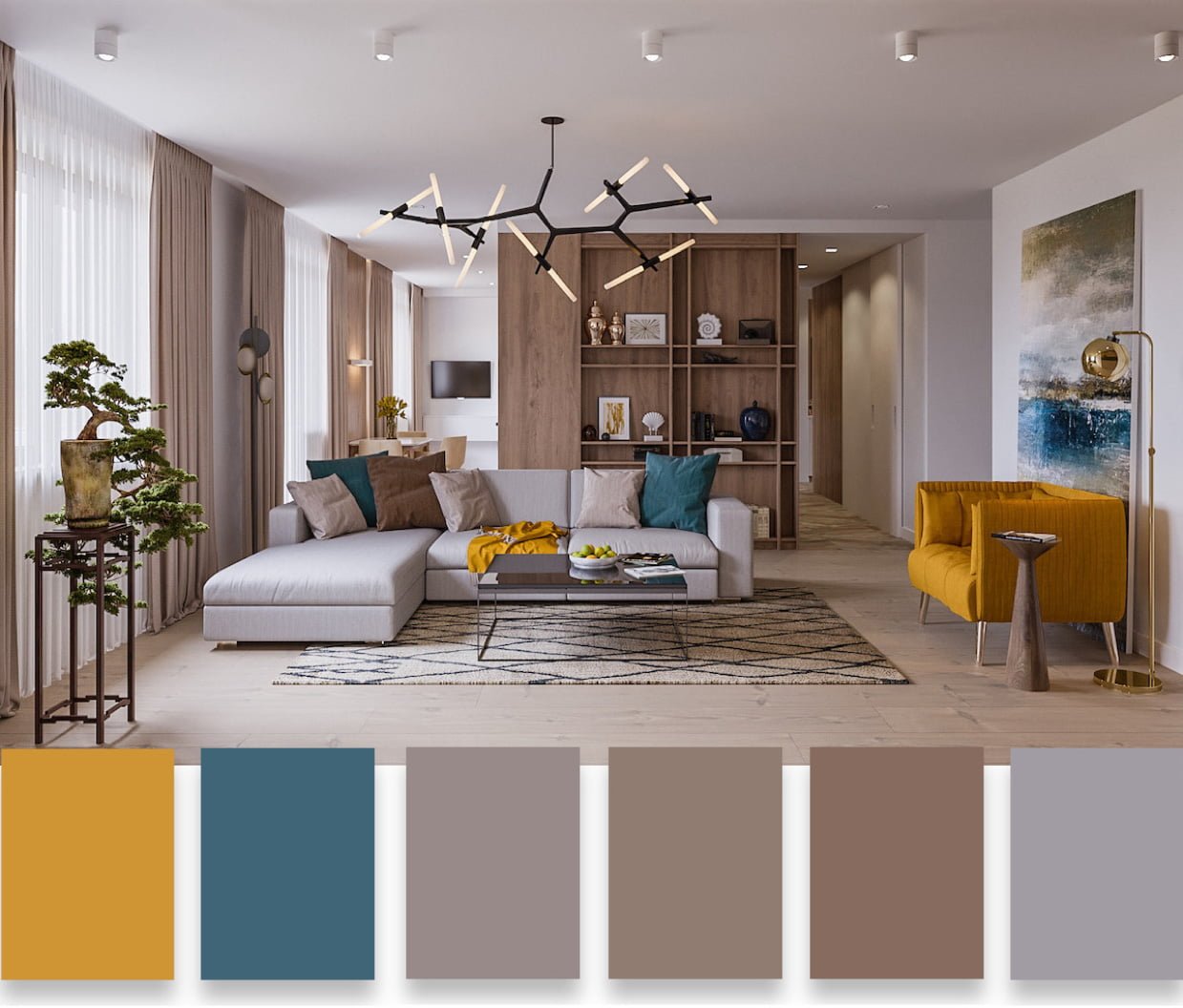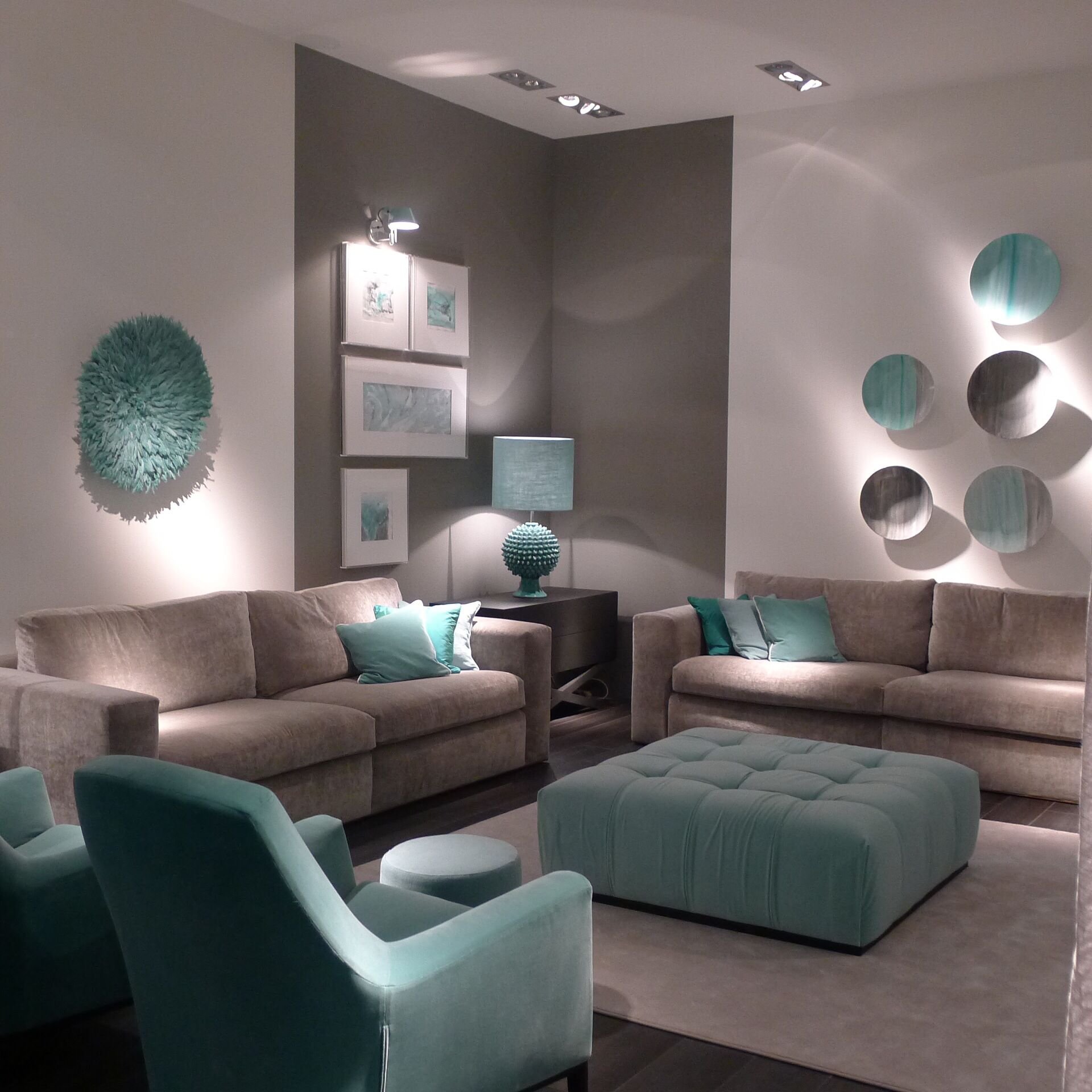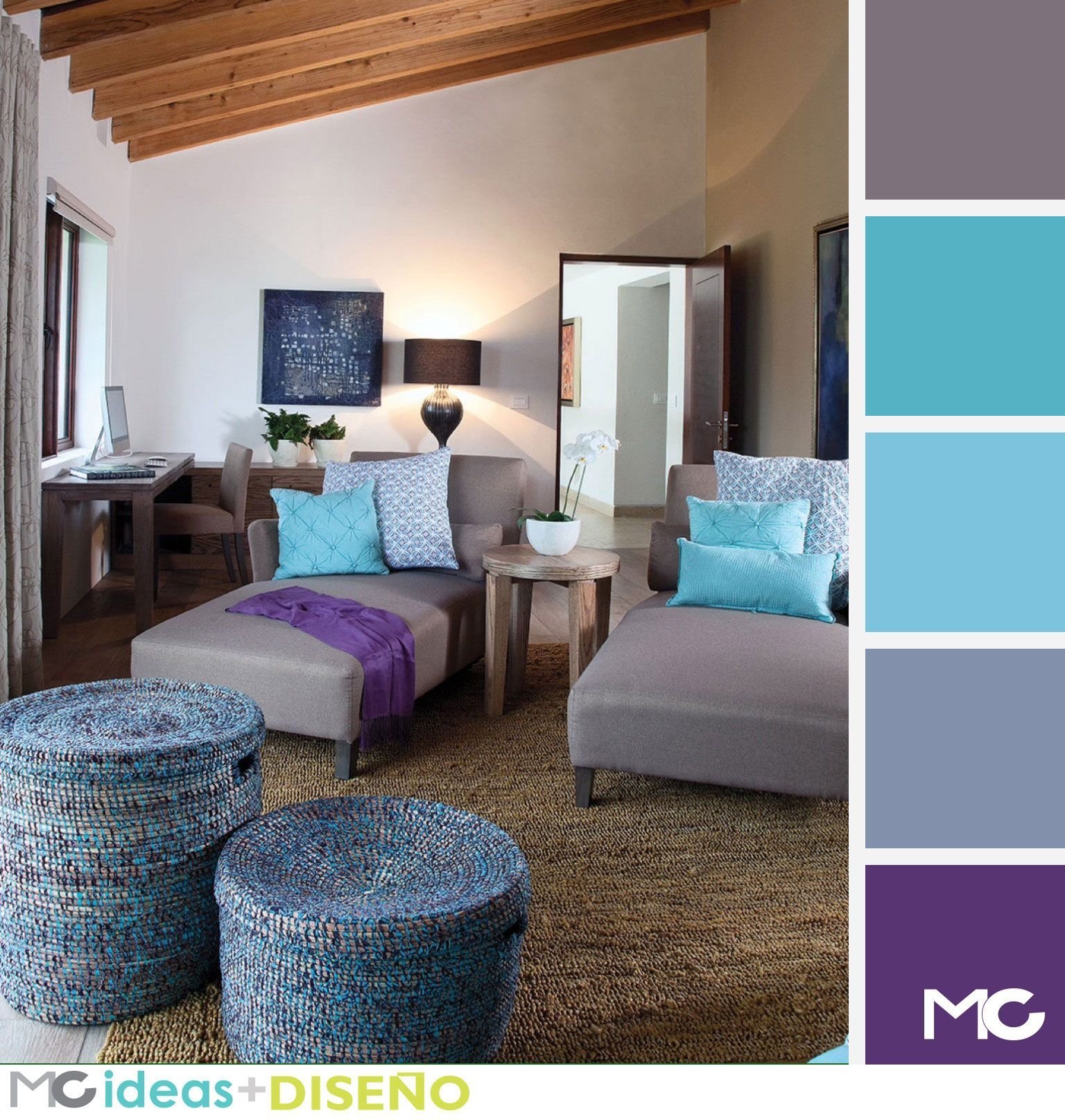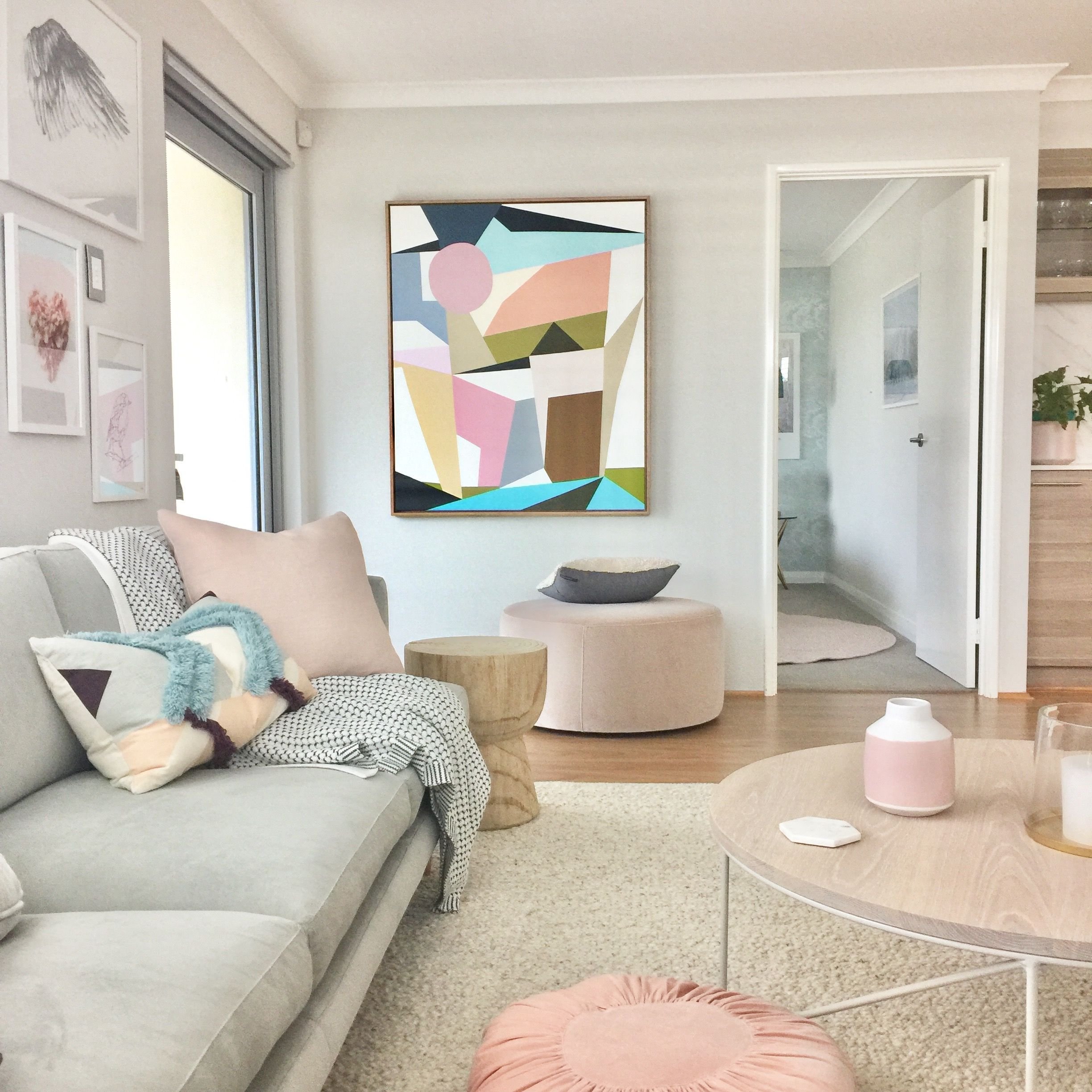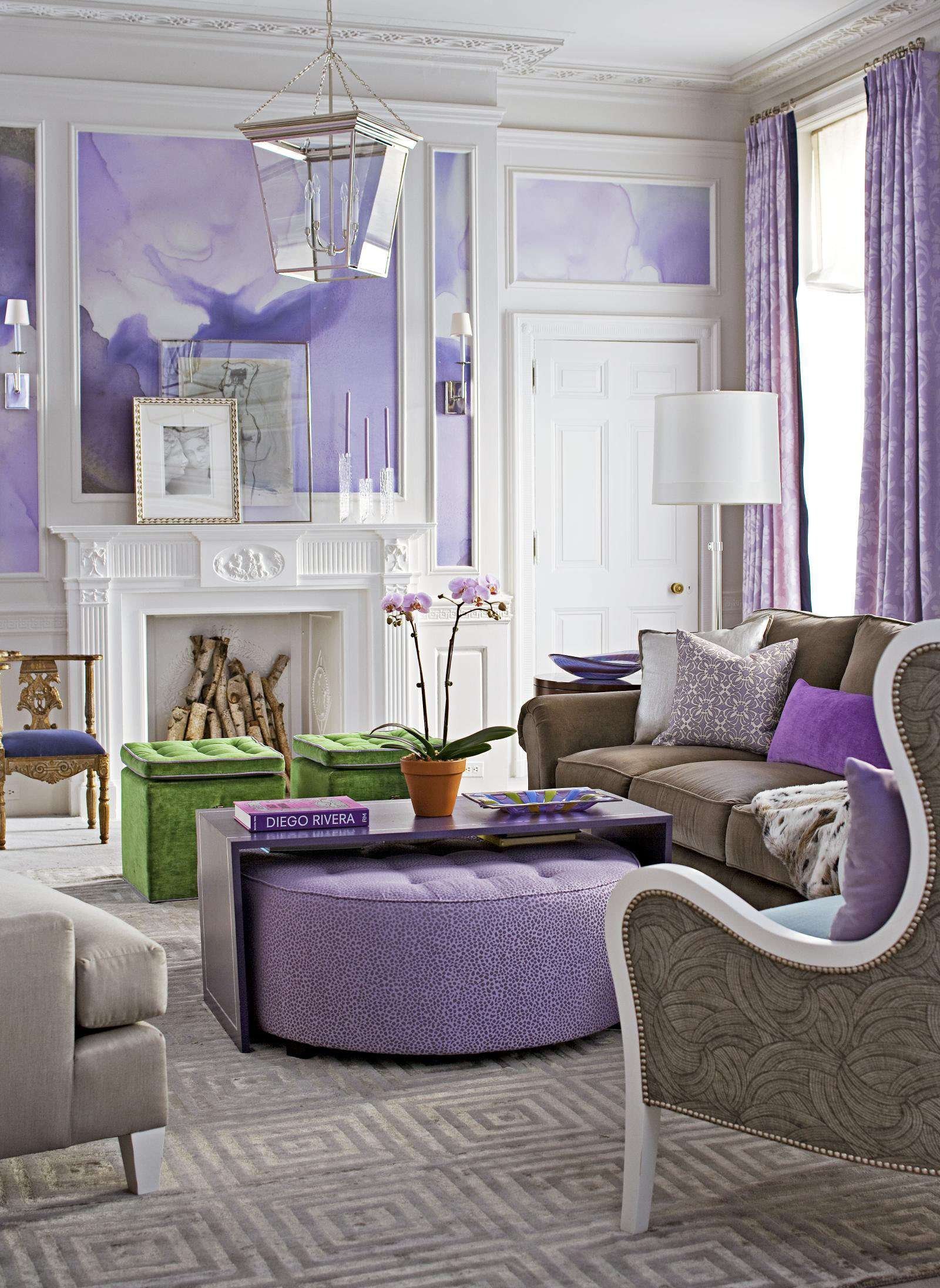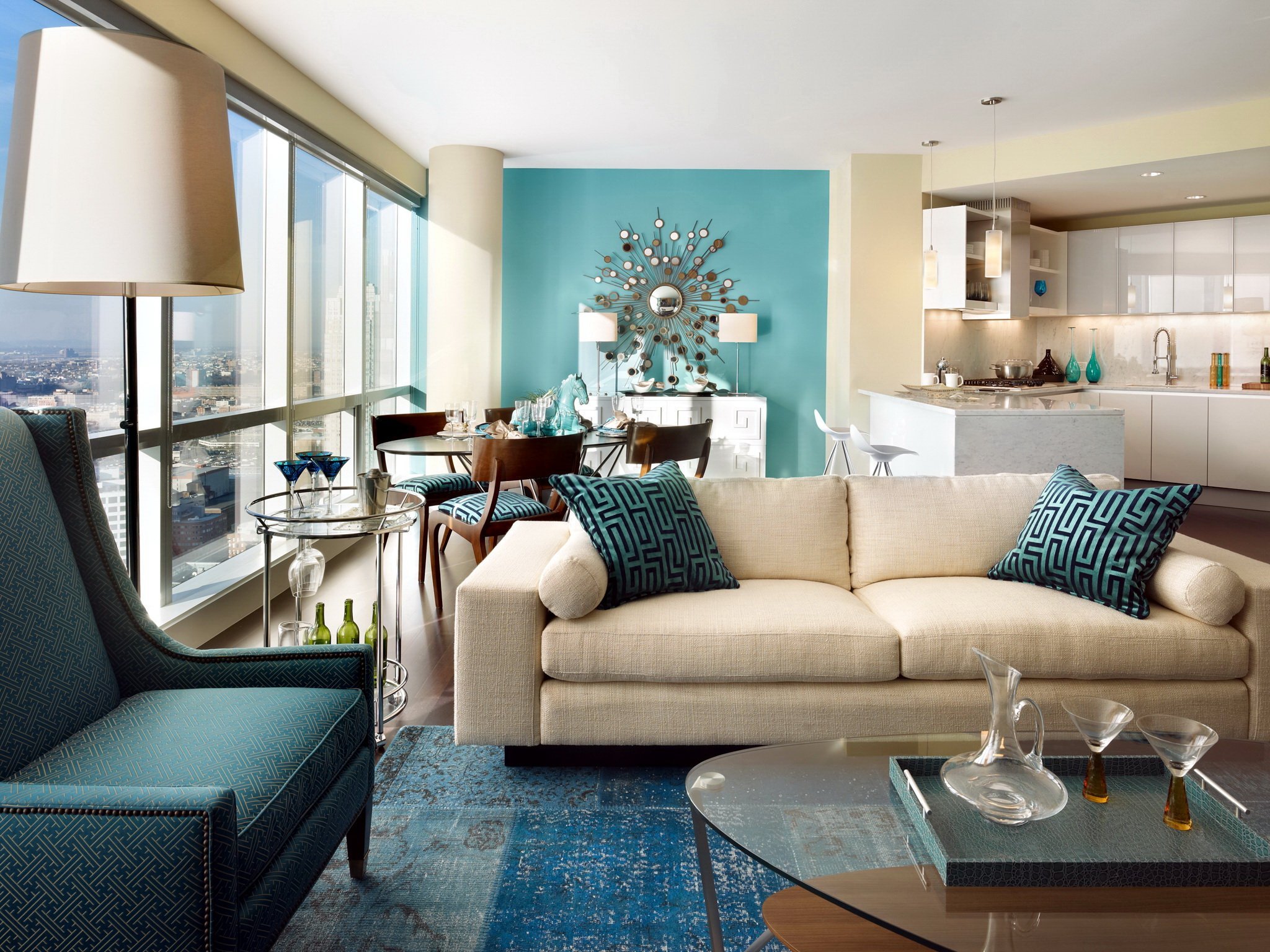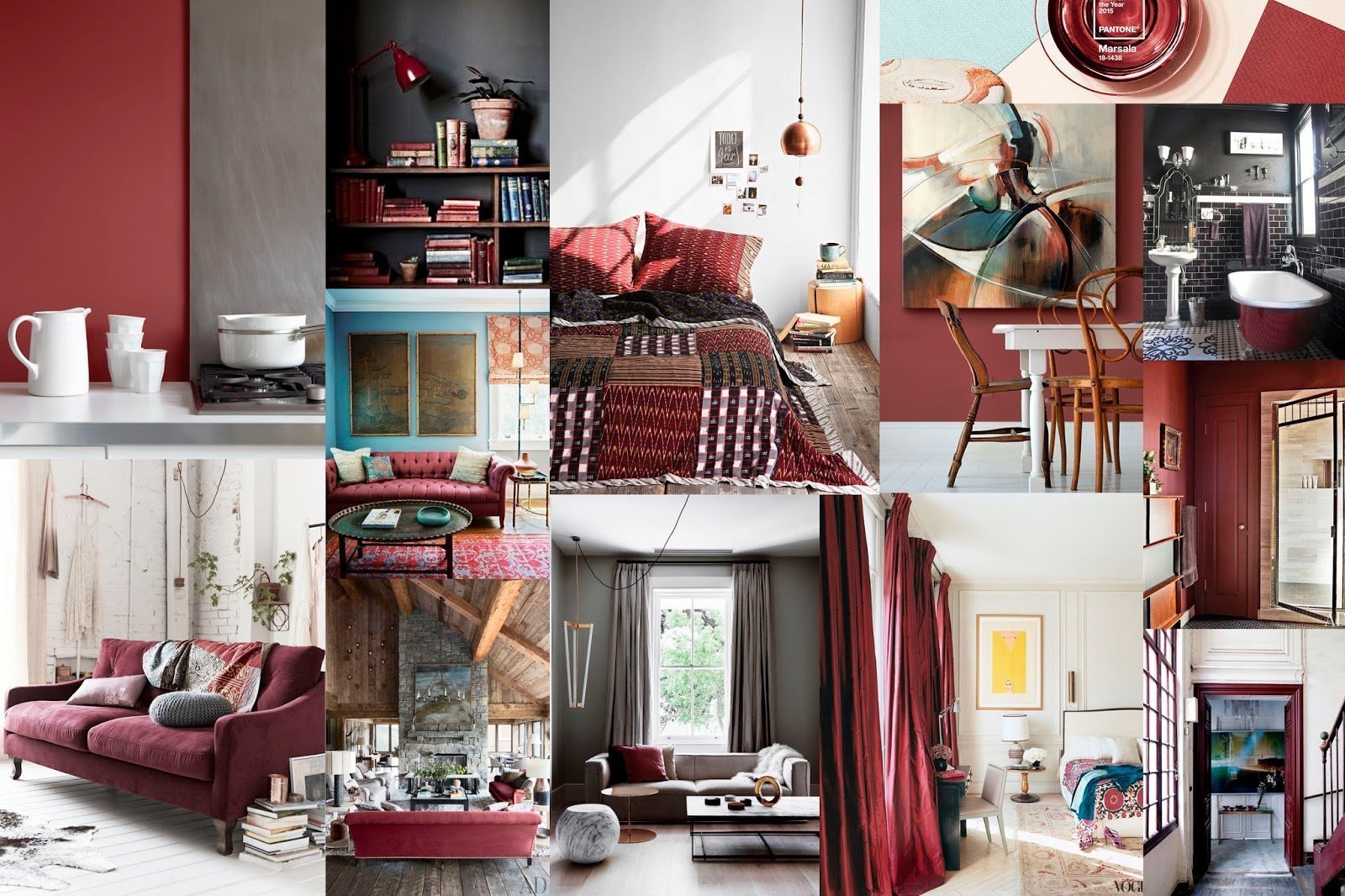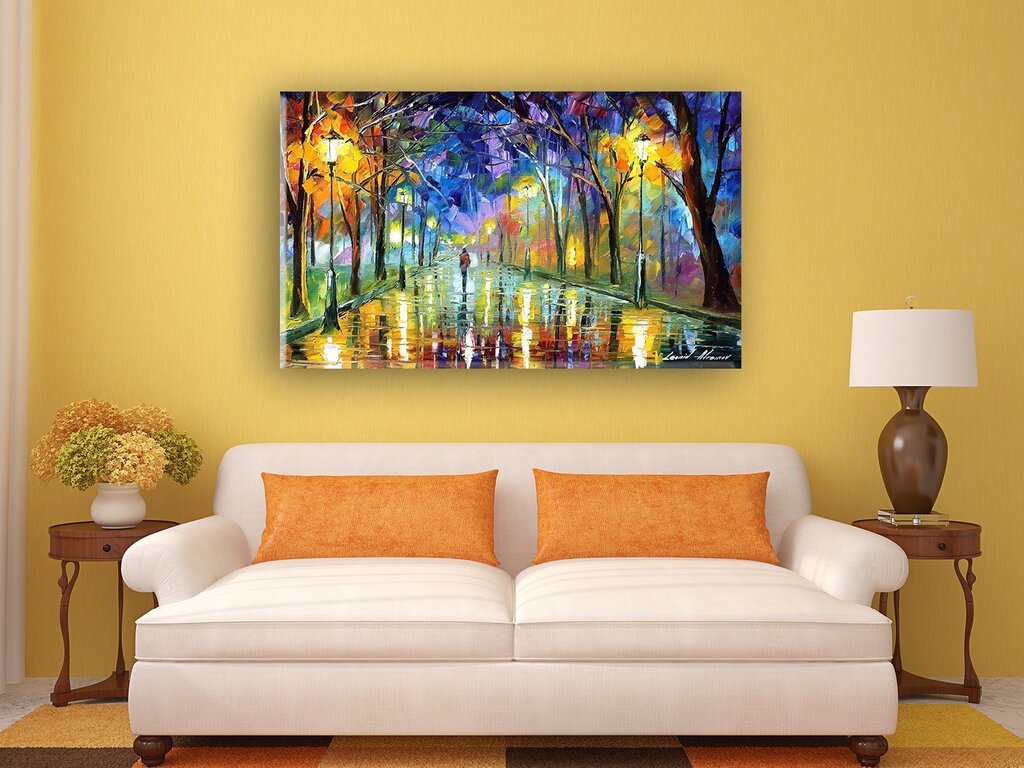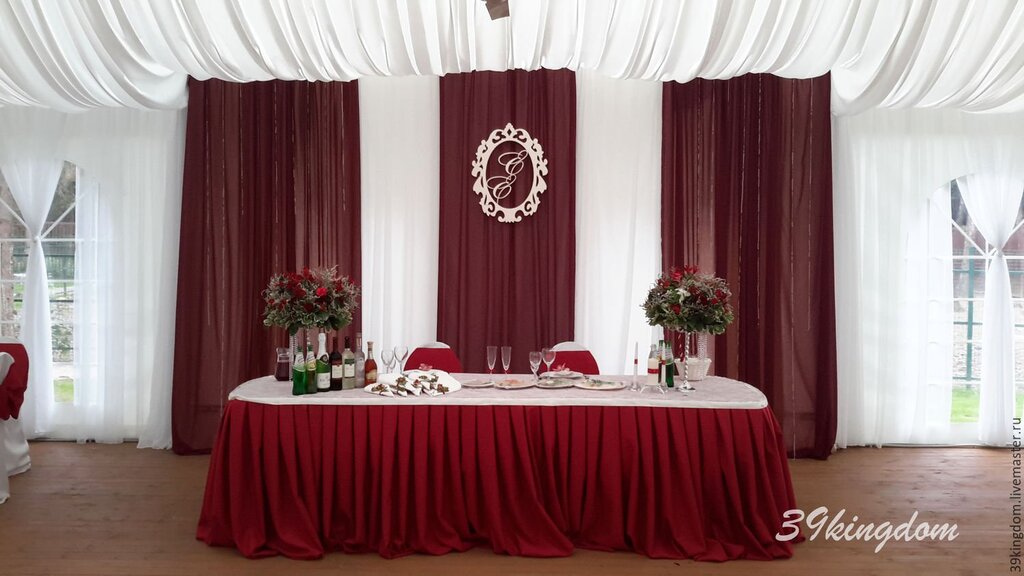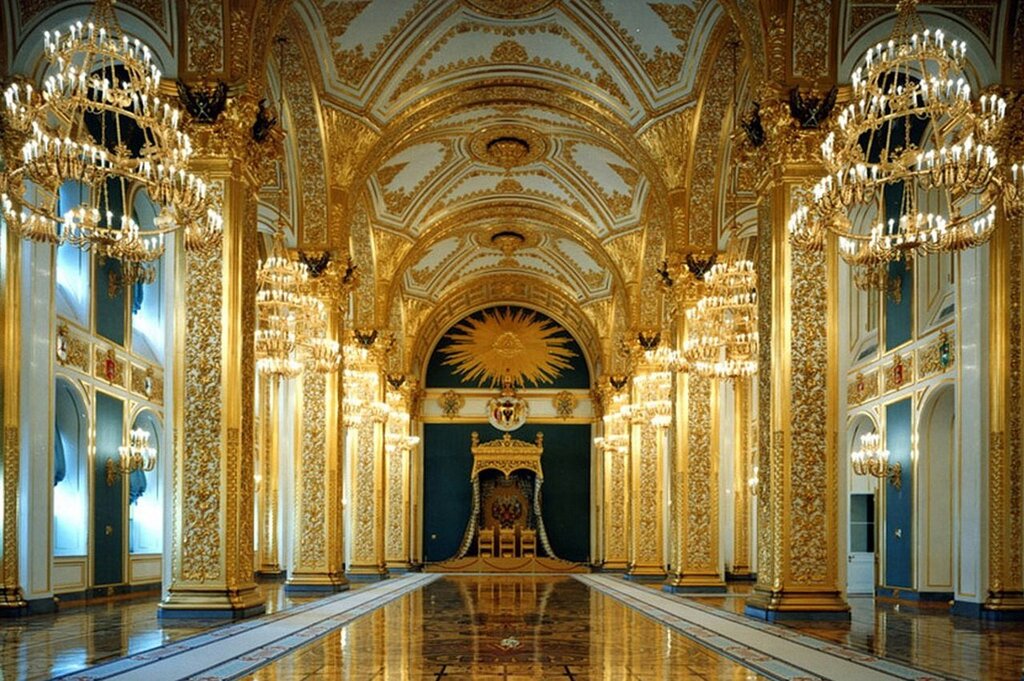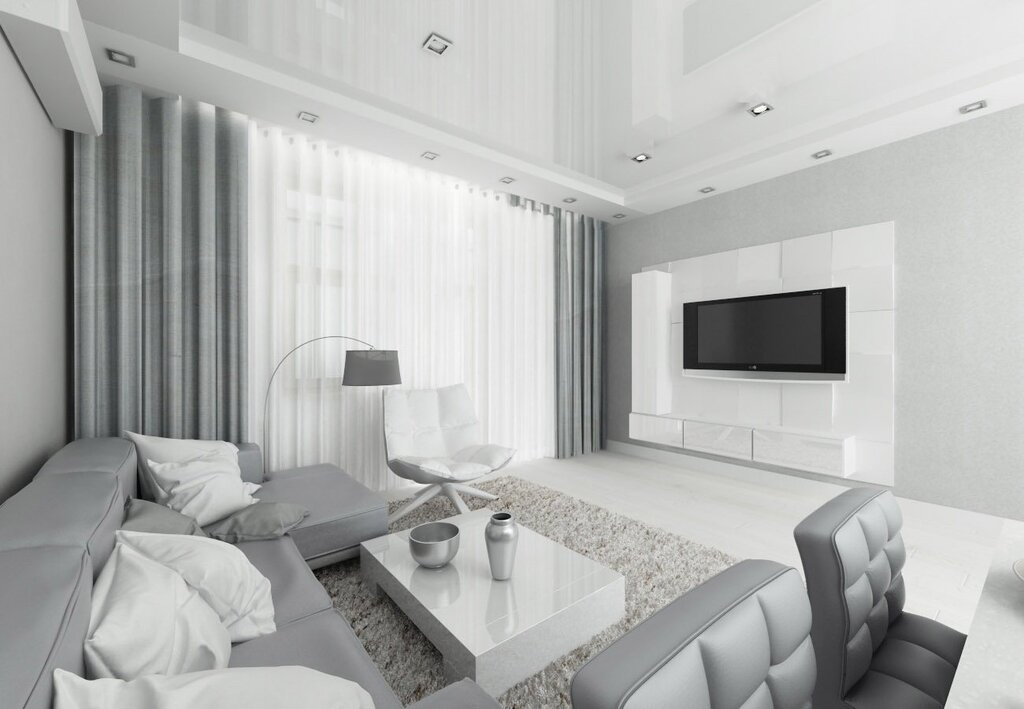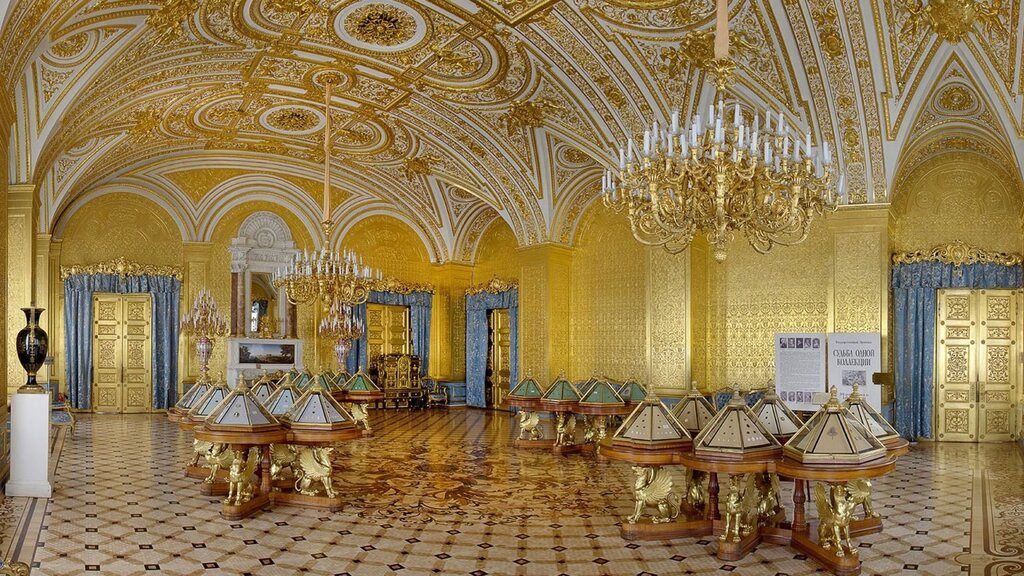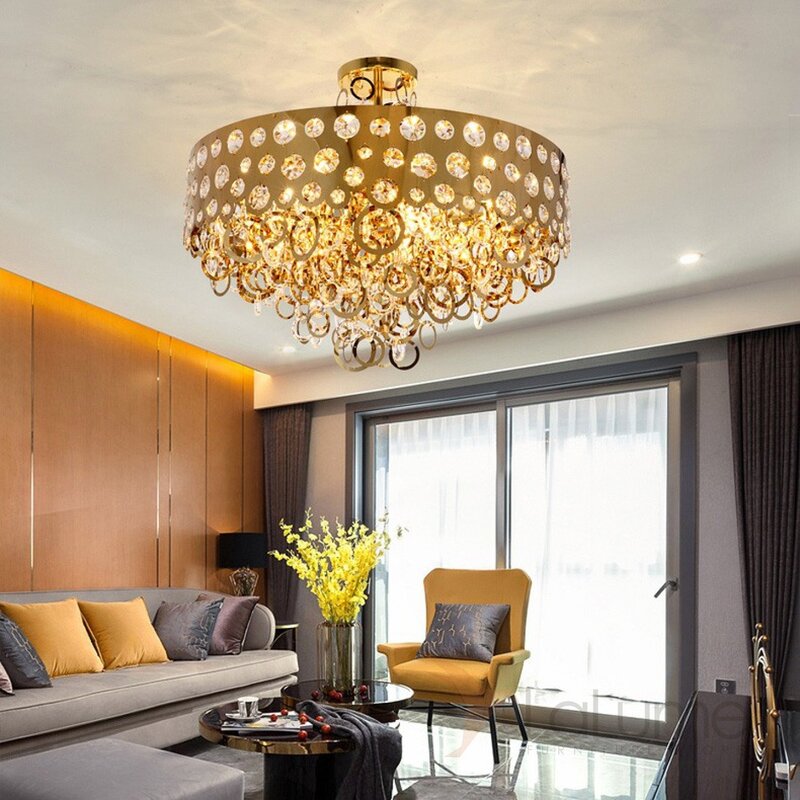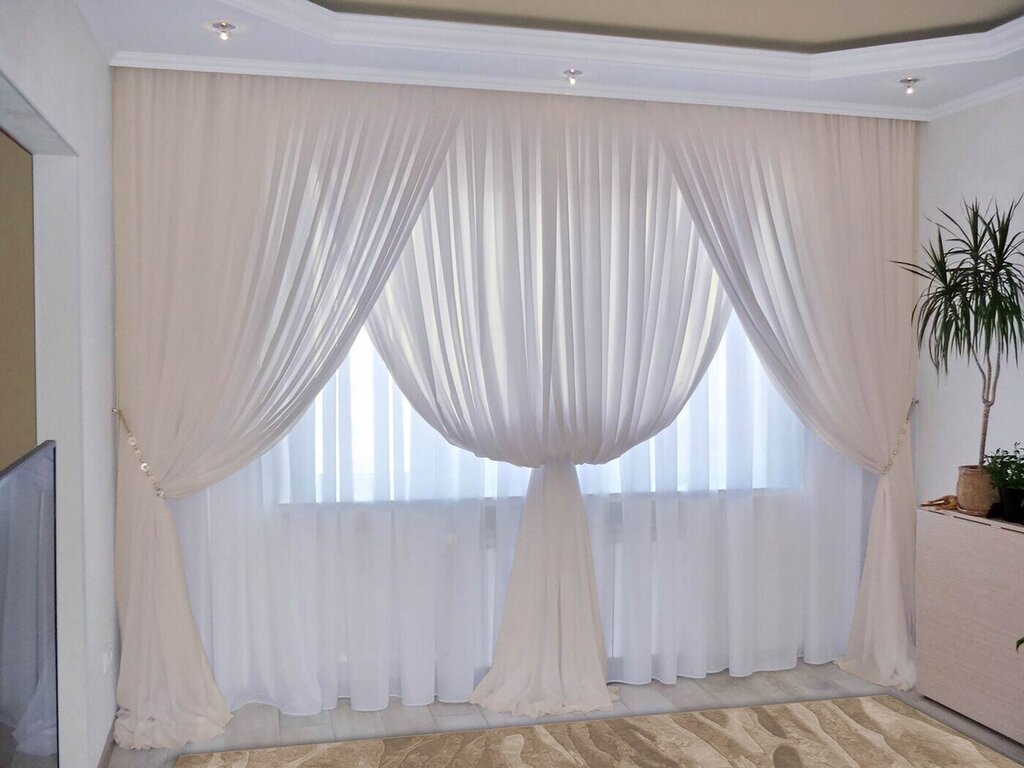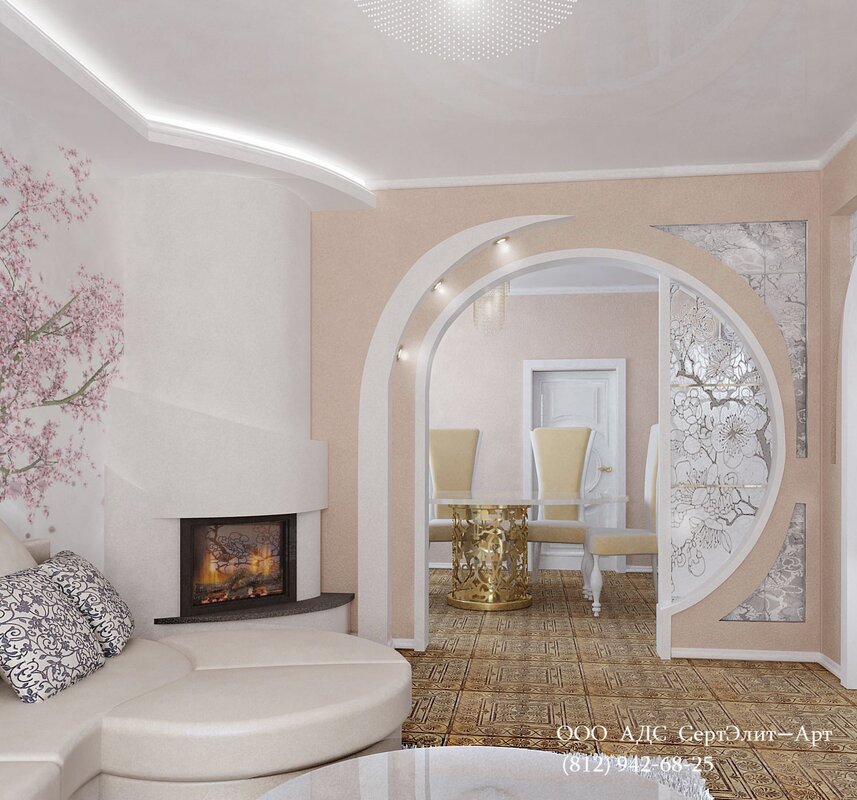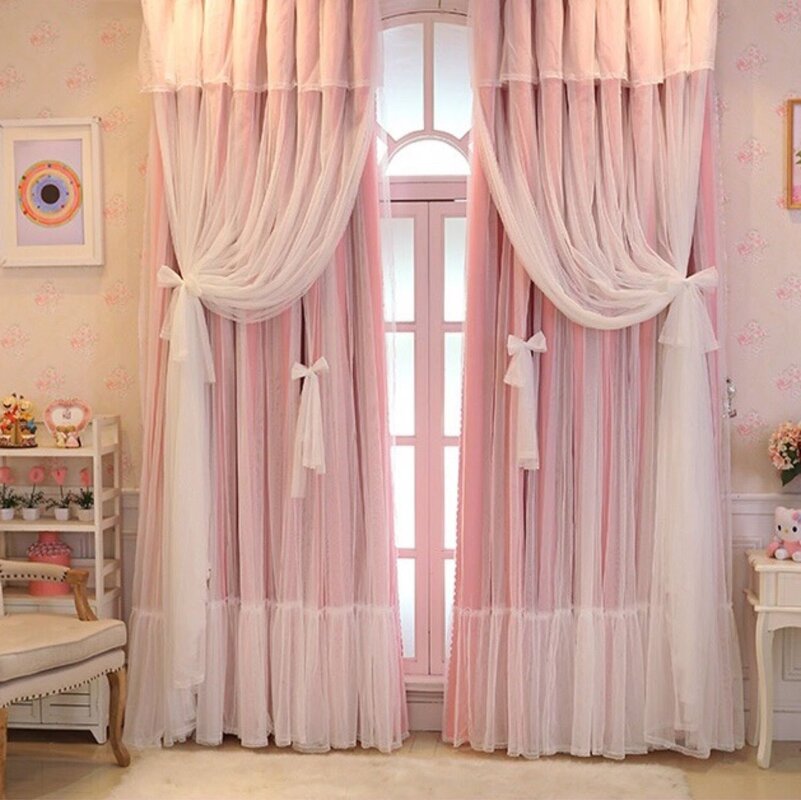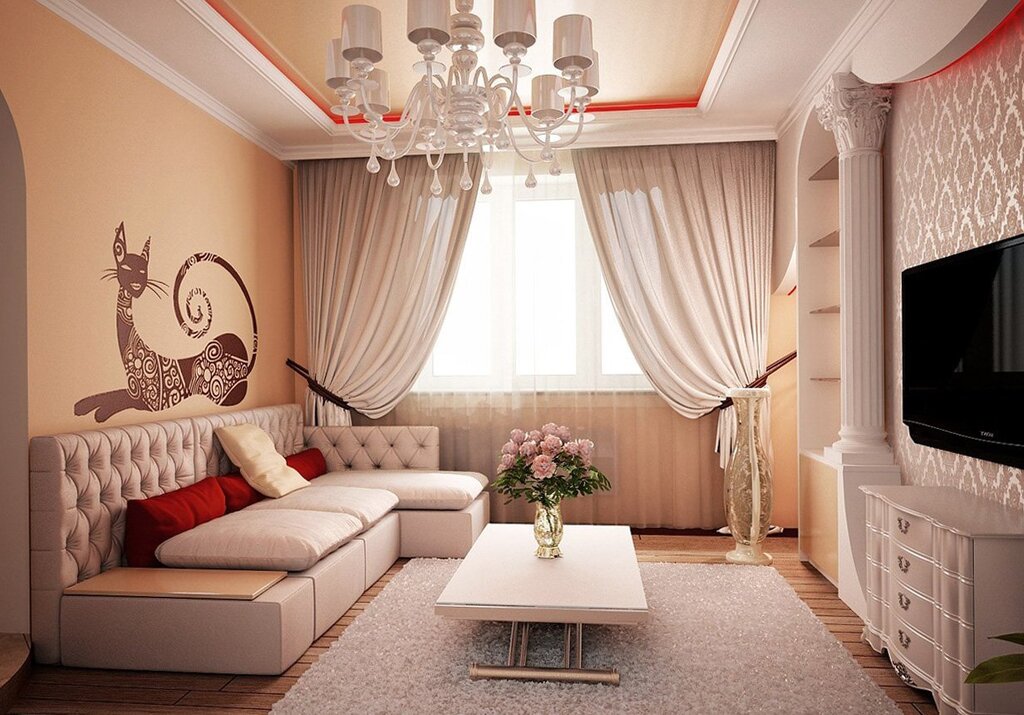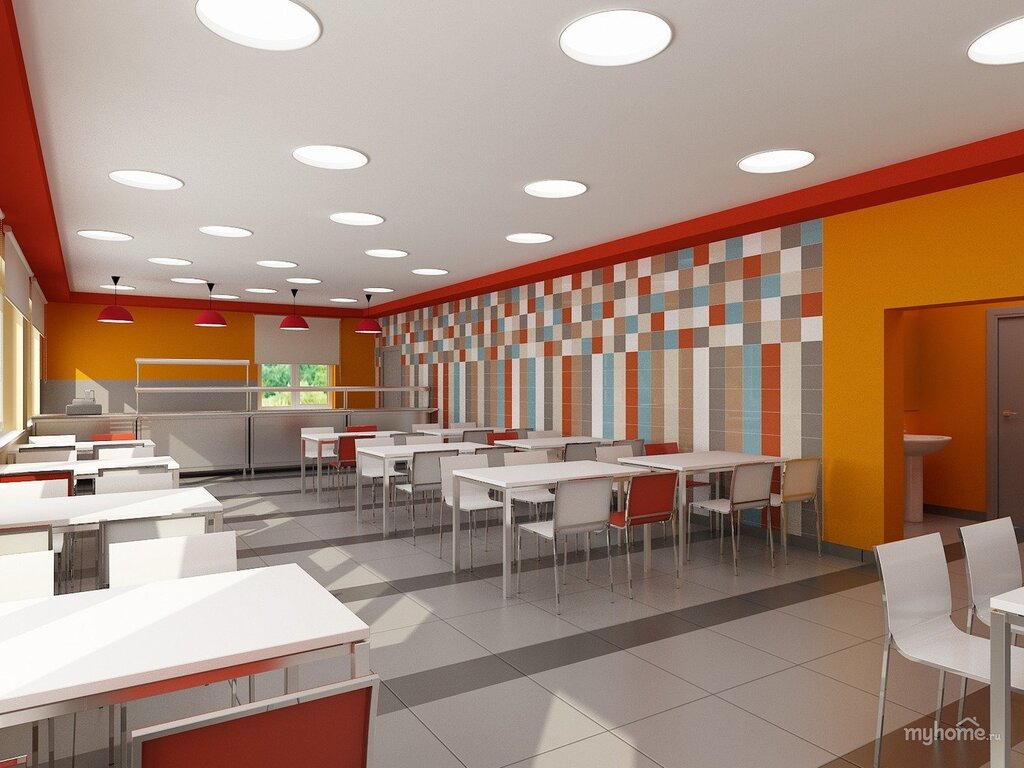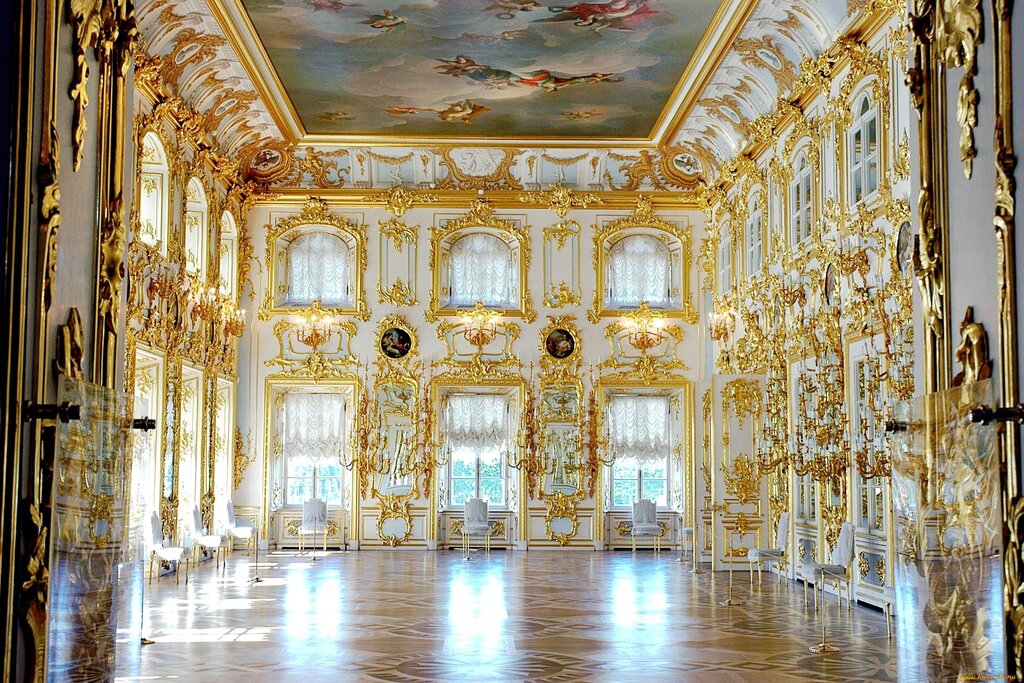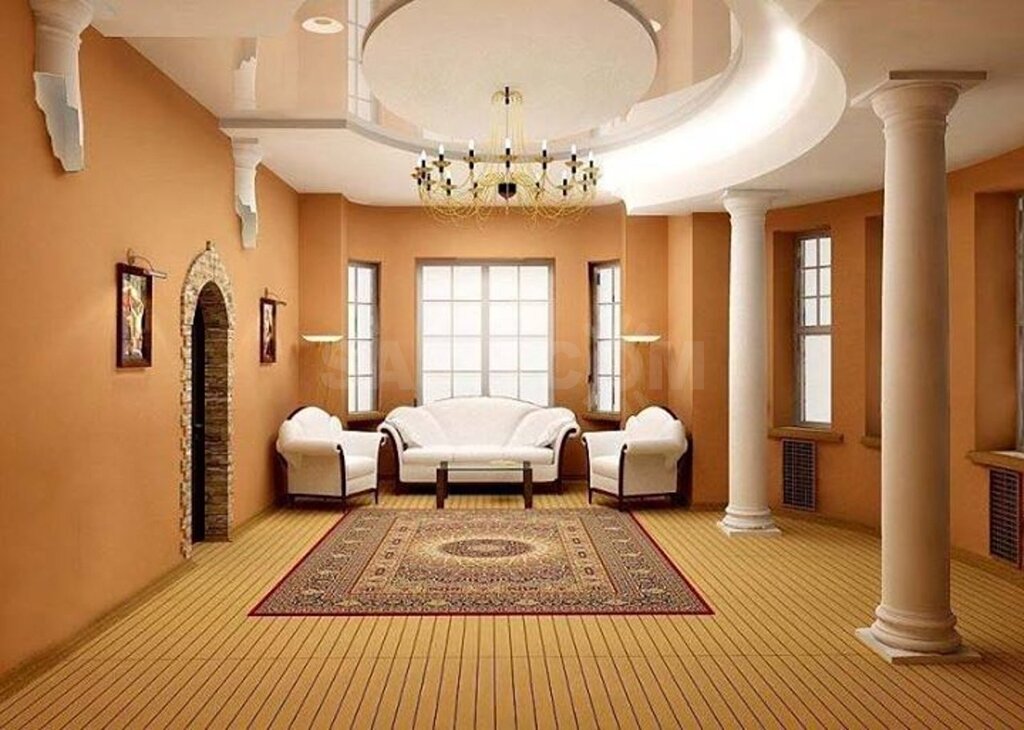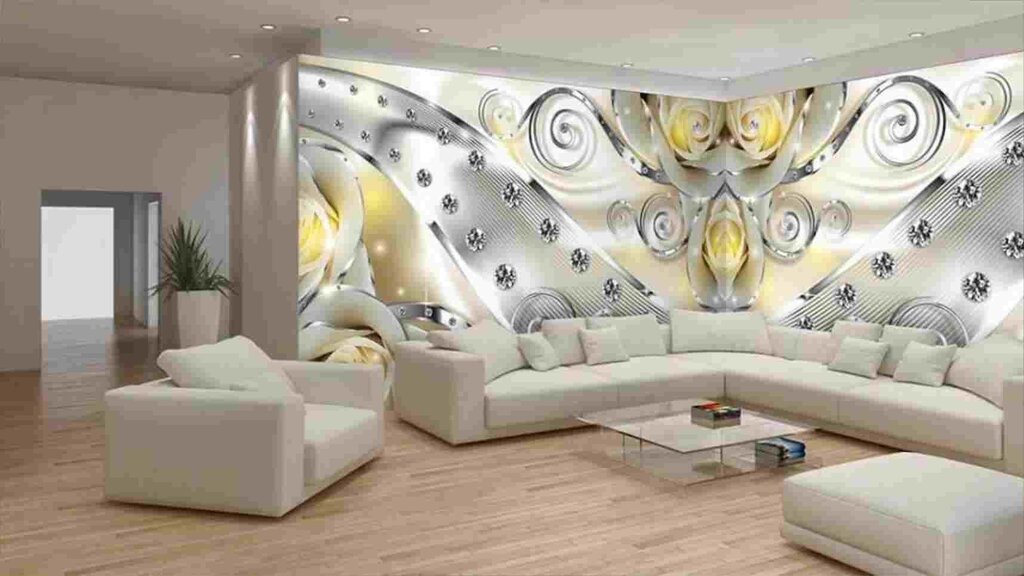Combination of colors in the room 21 photos
The combination of colors in a room plays a pivotal role in shaping the ambiance and mood of the space. Color psychology suggests that different hues can evoke distinct emotions and feelings, making it essential to choose a palette that aligns with the desired atmosphere of the room. For example, soft blues and greens often promote tranquility and relaxation, making them ideal for bedrooms or spaces intended for rest. In contrast, vibrant colors like reds and yellows can energize a room, adding a sense of warmth and excitement, perfect for social areas like living rooms or kitchens. The interplay of colors can also influence perceptions of space. Light, neutral shades can make small rooms appear larger and more open, while darker tones can create a sense of intimacy in larger spaces. Additionally, the use of complementary and contrasting colors can add depth and interest to a room's design. When selecting colors, consider natural and artificial lighting, as they can alter how colors are perceived at different times of the day. Ultimately, the goal is to create a harmonious balance that reflects personal style while ensuring functionality and comfort within the space.



